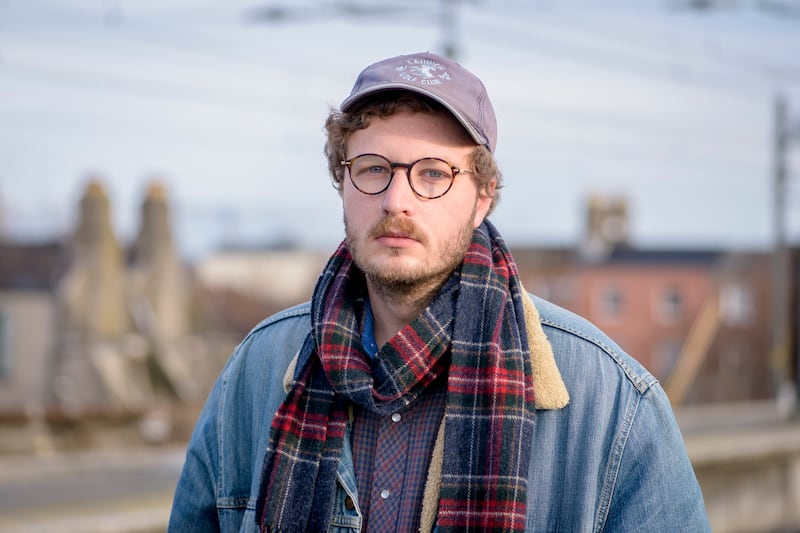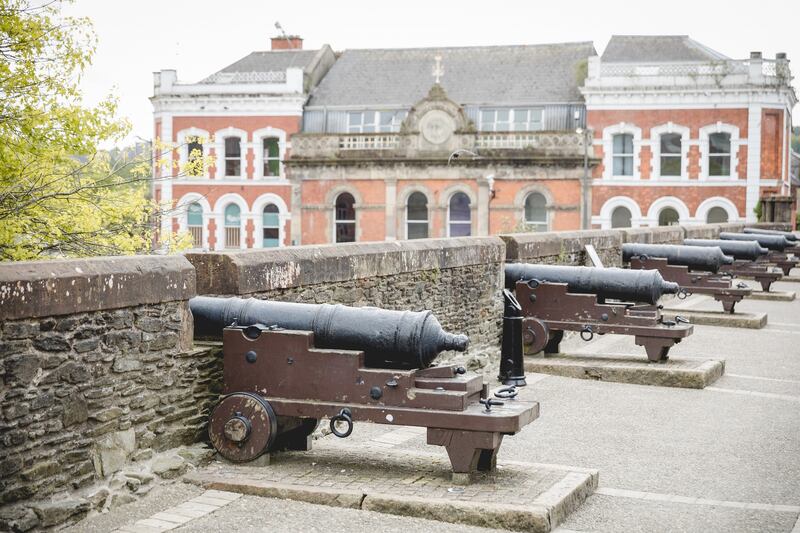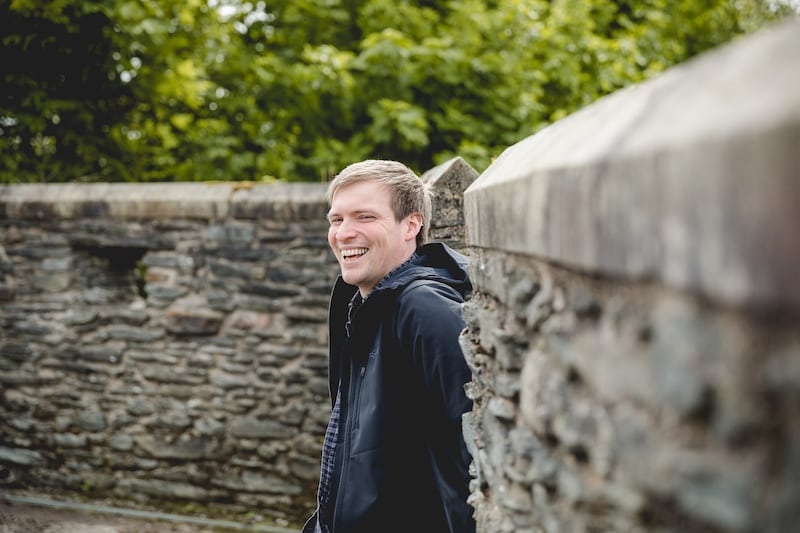The historic city of Derry is set to host a major new public artwork designed to enhance the experience of visitors to its iconic walls. Called Almanac for a Walled City, the artwork takes the form of a geolocated “sound walk”.
This is one of five arts projects taking place nationwide supported by a creative new climate awareness initiative from ESB. The €250,000 ESB Brighter Future Arts Fund aims to drive positive community engagement in climate change and sustainability.
Led by Nerve Centre, Almanac for a Walled City will work with artist Christopher Steenson, who uses sound and photography to forge ways of “listening to the future”, both through private gallery installations and public art interventions.
Among his best-known, public artworks is On Chorus, a large-scale public sound artwork that took place during the first Covid-19 lockdown, broadcasting field recordings taken across Ireland via Irish Rail’s train station PA systems. With the new project, which launches Summer 2023, Steenson will create a soundscape that looks at our past and present relationship with the weather, and how this relationship will change in the future.
READ MORE
“Visitors will download an app on their phone, plug in their earphones, and as they walk around the walls, the sounds will change, like an augmented reality application,” explains Steenson.

Almanac is the key word. “For generations, almanacs were used for tide and moon cycles and in some cases to make longer-term predictions about the weather. That idea of the long-term weather forecast is what I’m trying to explore, as in, what will the weather be in the future,” he says, pointing out that our historical relationship with weather has changed.
“As part of my work I’ve been reading a lot of Dúchas archives. Even 100 years ago we were much more connected to the weather, and looking outside to see what it might do.”
Today, not so much: “We use weather apps.” Yet the irony is that, while we are not so personally connected to the weather, “with all the renewable energies we are turning to, whether it’s wind, tides or solar, the weather will become more important to us than ever.”
If older generations were more attuned to the weather, younger ones are more concerned about climate.

Almanac for a Walled City is being produced in partnership with Nerve Centre, Derry’s multifaceted arts centre. Originally established in the early 1990s as an artistic space for musicians, today it has evolved into a major driver of community-based creativity, with departments in education, music, film, and heritage.
“Something we are really looking forward to as part of this project is interviewing intergenerational community groups to gather responses for it,” says Jude Mullan, creative media trainer at Nerve Centre. “Chris’s project is very exciting because when you are looking at the future in relation to climate, it can seem very bleak. It is a crisis. But we want to explore ways of coming together as a society, to work together, and educate ourselves about it.”
Empowering everyone to play their part is vital,” Mullan adds. “We’ll be running workshops on field research, recording responses and capturing conversations, helping people to educate themselves on sustainability and future power sources, to see what their ideas for the future are.”
When the team at Nerve Centre first heard about the ESB Brighter Future Arts Fund, “it set off a light bulb for us,” says Mullan.
At the time, the centre was coming to the end of a community project called Making the Future. “Among the feedback we got from it was that for people in Northern Ireland and the border counties, it’s not religion or background that people are concerned about. The big issue is fear for the future because of climate change, and people’s uncertainty about what they are leaving behind for future generations,” says Mullan.

“The issue of mental health also came up, time and again too. It can be very easy to get bogged down in the negative. For us the Brighter Future Arts Fund is a great opportunity to collaborate, working with the community to talk about positive change.”
“The idea for the ESB Brighter Future Arts Fund came in 2020 when we were looking at our response to Covid and what we could do to help communities,” says Bevin Cody, corporate reputation manager at ESB. “We recognised the really big need in the arts community and wanted to help and support them.”
ESB worked with Business to Arts, a charity that develops strategic creative partnerships between the corporate and cultural sectors, to figure out the best way to work with the arts community in a way that aligns with its own strategy.
“We saw an opportunity around climate change, empowering communities to live in a more sustainable and efficient way and prompting that conversation,” Cody says. “The arts sector has a unique capacity to engage these really complex conversations in a really creative way. We saw it as an opportunity to use that creative platform to reach out and start these conversations and inspire people to take positive actions of their own.”
We wanted to support collaborative projects within communities and we wanted to see how the project would extend beyond an art installation or a performance into a deeper conversation within the community
— Bevin Cody
The €250,000 ESB Brighter Future Arts Fund was established, and artists and arts organisations were invited to submit project proposals for funding.
There were a number of criteria, Cody eplains. “We wanted to support collaborative projects within communities and we wanted to see how the project would extend beyond an art installation or a performance into a deeper conversation within the community, with an outreach element that brings members of the community together. The projects selected are great examples of these.”
ESB’s strategy is a sustainability strategy, she points out.
“We have made a commitment to be NetZero by 2040. Part of that is through clean electricity but another part is through encouraging customers and communities to become more sustainable, more efficient, and to reach NetZero themselves,” says Cody.
“The whole subject of climate change and biodiversity crisis can feel overwhelming for people. This is a way to inspire people to talk about it, to see what they can do in a fresh way, and of doing so in a way that recognises the importance of arts in society generally.”














